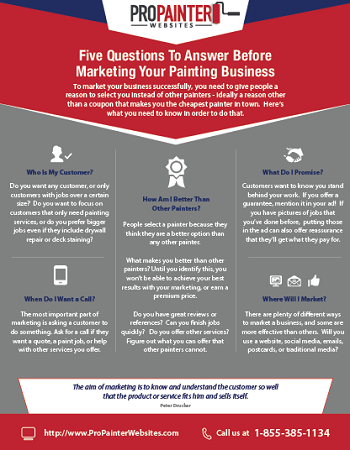What Influence Do The Appropriate Colors Have On Your Brand'S Appeal In Business External Paint? Discover The Fundamental Factors That Direct Your Shade Options
What Influence Do The Appropriate Colors Have On Your Brand'S Appeal In Business External Paint? Discover The Fundamental Factors That Direct Your Shade Options
Blog Article
Short Article By-Joyce Justesen
When it pertains to commercial outside painting, the colors you choose can make or damage your brand name's charm. Recognizing exactly how different shades influence perception is crucial to attracting customers and constructing depend on. Yet it's not nearly personal choice; neighborhood fads and policies play a substantial role as well. So, exactly how do you find the ideal equilibrium between your vision and what resonates with the community? Allow's explore the important variables that direct your shade options.
Recognizing Color Psychology and Its Impact on Business
When you pick shades for your service's outside, comprehending color psychology can significantly affect how potential clients view your brand.
Shades evoke feelings and established the tone for your organization. For example, blue commonly conveys count on and professionalism and trust, making it excellent for financial institutions. Red can produce a feeling of urgency, best for restaurants and clearance sales.
Meanwhile, eco-friendly symbolizes growth and sustainability, interesting eco-conscious consumers. Yellow grabs interest and sparks positive outlook, yet too much can bewilder.
Consider your target market and the message you intend to send. By selecting the right colors, you not only improve your curb allure yet likewise align your picture with your brand worths, eventually driving customer engagement and loyalty.
Studying Resident Trends and Laws
Exactly how can you guarantee your outside paint options reverberate with the community? Start by researching regional fads. Browse through close-by companies and observe their color pattern.
Make note of what's popular and what feels out of place. This'll help you straighten your selections with neighborhood looks.
Next, examine neighborhood laws. Several communities have guidelines on exterior shades, especially in historical areas. living room painters don't intend to hang out and money on a palette that isn't compliant.
Involve with local entrepreneur or community groups to gather insights. They can offer beneficial comments on what colors are favored.
Tips for Integrating With the Surrounding Atmosphere
To develop a natural look that mixes perfectly with your environments, consider the native environment and architectural styles close by. Beginning by observing extere painting house of nearby buildings and landscapes. Earthy tones like greens, browns, and muted grays commonly function well in natural settings.
If your residential or commercial property is near dynamic metropolitan locations, you could choose bolder hues that show the local power.
Next off, consider Read More Listed here of your building. Traditional styles might gain from traditional colors, while modern-day styles can accept contemporary schemes.
Evaluate your color options with samples on the wall to see exactly how they interact with the light and setting.
Ultimately, bear in mind any local guidelines or community visual appeals to ensure your selection enhances, instead of encounter, the environments.
Conclusion
Finally, selecting the best shades for your industrial outside isn't practically appearances; it's a calculated decision that affects your brand name's perception. By using color psychology, considering regional trends, and guaranteeing harmony with your environments, you'll develop a welcoming atmosphere that attracts clients. Don't fail to remember to test samples before dedicating! With the ideal strategy, you can raise your business's aesthetic allure and foster long-term client engagement and loyalty.
